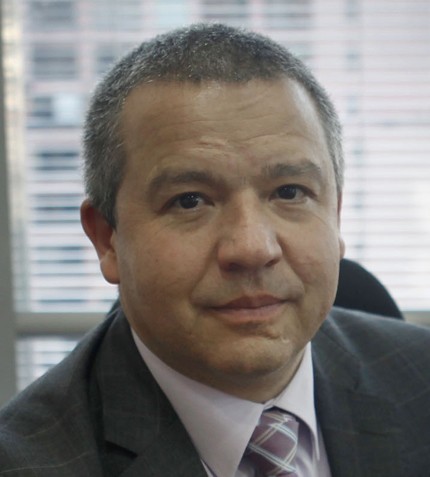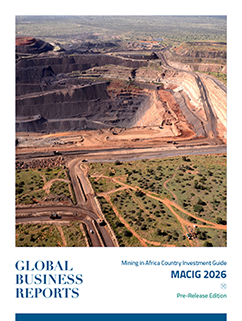
"We consider Patwon one of the largest gold discoveries in Northern Québec since the Éléonore deposit in 2004. A new drilling program this fall is expected to produce a maiden resource."
Jean-Marc Lulin
PRESIDENT & CEO, AZIMUT EXPLORATION
How has Azimut grown over the past two years?
Azimut’s priorities are focused on the James Bay and Nunavik regions. The Company’s material progress is related to a substantial gold discovery made on the Elmer Property. The very first drilling program produced excellent results that were announced in January 2020. Since then, additional drilling led to expand the initial zone with additional strong results. We consider Patwon one of the largest gold discoveries in Northern Québec since the Éléonore deposit in 2004. A new drilling program this fall is expected to produce a maiden resource.
In what ways is Patwon comparable to Éléonore?
Éléonore was the first commercial gold mine in the James Bay region and is a true economic development milestone. It has been a great success because it was the first time a significant gold deposit went into production in the region. We see the Patwon discovery as having the potential to create a comparable impact. Even though it is still at a relatively early exploration stage, the robustness of the drilling results and the mineralization’s thickness, grade, and geometry are very favourable. And just as importantly, the overall features of the Patwon gold zone seem simpler than at Éléonore: no diluting dykes, no refractory minerals, no internal folding.
What are the benefits of being located in the James Bay region of Québec?
Despite its location in Northern Québec, the James Bay region has excellent infrastructure. There are networks of paved highways, power lines and airports. The closest road and power lines to the Elmer Property are 5 km east of the property boundary. There is a willingness from both the Government of Québec and the Cree Nation to promote economic development. A new agreement with the Cree Nation called the Grande Alliance will play a key role in that respect. The Cree Nation has recognized the mining industry as one of the strategic sectors in the development of its communities.
Can you explain the nature of Azimut’s partnership with SOQUEM?
Azimut and SOQUEM entered into two regional strategic agreements. One covers 176,300 km2 in the James Bay region. Signed in 2016, the agreement was designed using Azimut’s predictive modelling approach. Our core expertise has always been data processing. Over the years, we have developed many tools to efficiently process Quebec’s large databases of numerical geoscience data, making it possible to identify previously unrecognized gold targets in the James Bay region. Based on the success of this first strategic agreement, we signed another in 2019 covering three wholly-owned district-scale polymetallic properties in Nunavik: the Rex, Rex South and Nantais projects.
How would you characterize Azimut’s big data approach, and how does this stray from traditional approaches to exploration?
Azimut’s core expertise is founded on advanced data processing to generate major exploration targets. We strongly believe this approach minimizes exploration risk at a very early stage. It allows us to identify genuine new targets rather than putting a new name on an old target. We are not using interpreted data at all, only numerical data. Azimut has used these capabilities to attract many quality partners, which led to three strategic agreements with Rio Tinto, two agreements with Goldcorp (now Newmont), two with Hecla Mining, and two with SOQUEM.
Huge value can be created if existing numerical data is processed adequately. Today, big data processing and AI are becoming buzzwords. But Azimut has been doing this for the past 15 years. In fact, Azimut has successfully validated many of its data-based predictions through true discoveries, the key one being Elmer.
How does Azimut manage to limit shareholder dilution while continuing to finance exploration at Patwon?
Azimut’s capital structure is excellent, with many institutional shareholders and long-term private investors. Over the years, the partnership model minimized Azimut’s need for financing. The robustness of the Patwon discovery, however, justified our recent US$28.75 million financing. Fortunately, rigorously managed over time, Azimut’s share structure will still allow the share price to reflect the expected rise in value of our gold discovery.










